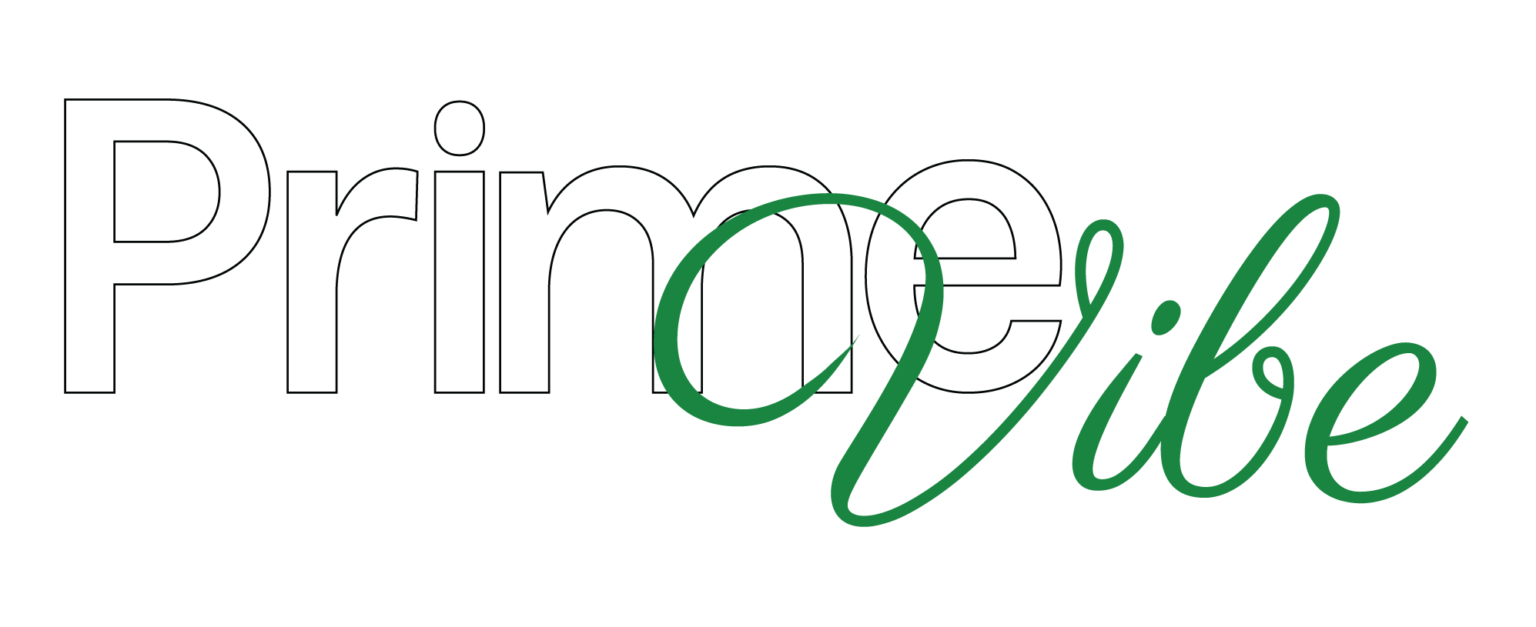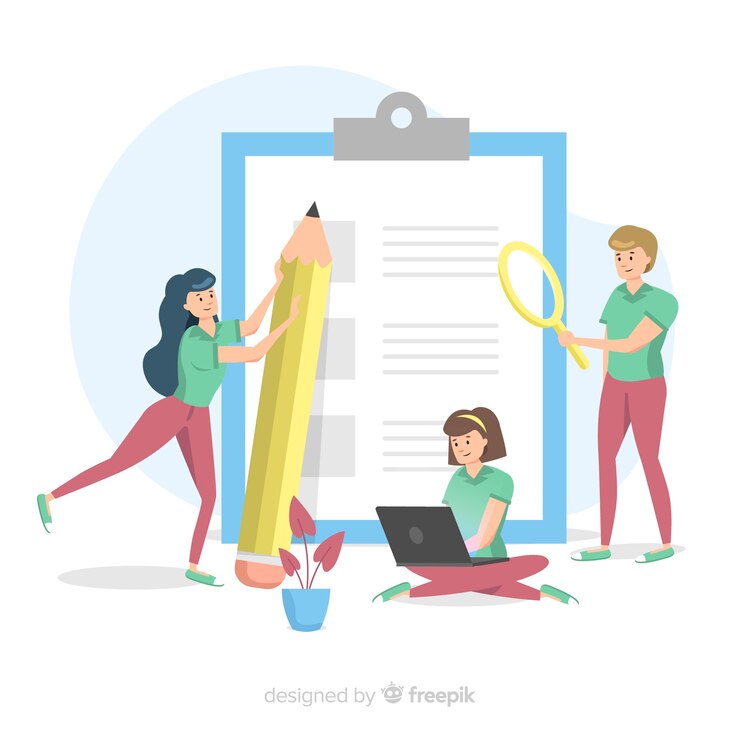Learning a fresh language is an exciting journey, but it requires dedication, consistent practice, and the ability to track your progress effectively. One of the best ways to stay organized and motivated during this process is by creating a language portfolio. A language portfolio serves as a personalized record of your language learning journey, showcasing your growth, strengths, and areas for improvement. Whether you are preparing for an exam like IELTS or simply aiming to enhance your fluency, a language portfolio can be an invaluable tool to measure progress and celebrate milestones. If you’ve attended a language course or taken Spoken English Classes Chennai, add notes or materials from those sessions.
Why Create a Language Portfolio?
A language portfolio is more than just a collection of worksheets and notes. It is a structured approach to tracking your achievements and identifying areas where you need to focus. Here are a few key benefits:
- Self-Assessment: A portfolio enables you to regularly evaluate your progress in listening, speaking, reading, and writing skills.
- Motivation Booster: Documenting milestones like mastering a set of vocabulary or successfully completing a language course keeps you motivated.
- Exam Preparation: For those who preparing for language proficiency exams like IELTS, a portfolio helps organize practice materials and test results.
- Tailored Learning: You can adjust your learning strategies by examining your strengths and weaknesses.
What to Include in a Language Portfolio
In building an effective language portfolio, you need to incorporate a variety of aspects that reflect your overall effort in language learning.
Also Check: Zero Trust Security Model
Goals and Objectives
Begin by setting your language learning goals. Are you looking to reach a certain level of proficiency, pass an exam, or learn conversational skills for travel or work? Clearly outline both short-term and long-term objectives to keep you focused.
Language Proficiency Assessments
Record your initial level of proficiency and include subsequent assessments to track improvement. These can include test results from official exams like IELTS or informal evaluations such as online quizzes or mock tests.
Study Plan
Maintain a detailed study schedule in your portfolio. Split it down into daily tasks, weekly tasks, & monthly tasks, such as grammar practice, vocabulary building, or speaking exercises.
Practice Materials
Include worksheets, flashcards, and online resources that you’ve used for practice.
Speaking and Writing Samples
Record your speaking in the target language or keep written samples like essays, letters, or diary entries. Reviewing these over time allows you to see how much you’ve improved.
Feedback and Reflections
Gather feedback from teachers, language partners, or peers and include it in your portfolio. Add personal reflections on challenges faced and strategies that worked well.
How to Maintain Your Portfolio
To keep your portfolio effective, it’s essential to update it regularly. Set aside time each week to review your progress, add new materials, and revise goals if necessary. Utilize both physical and digital formats for easy access. Apps and tools like Google Drive or Evernote can be excellent for organizing your portfolio digitally.
A language portfolio is a good tool for tracking progress, areas to improve, and keeping motivated for your language learning. Including goals, assessments, and practice materials make a personalized roadmap to fluency. Whether you are gearing up for IELTS or sharpening communication skills through German Language Course in Chennai, a well-kept language portfolio will make the difference. Build one today and unlock your potential for language mastery!




